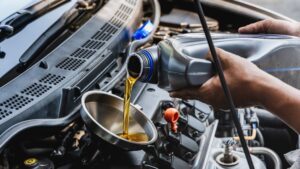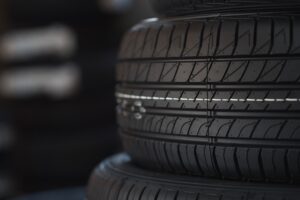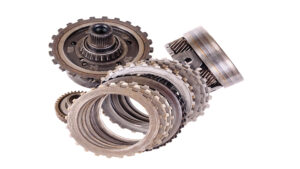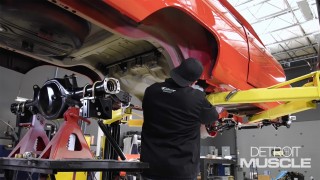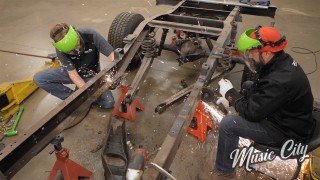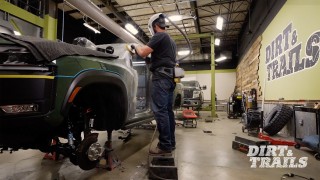How to Rebuild an Oil Pump
Two terms when you think of when you hear the word pump are: flow and pressure. An engine’s oil pressure is influenced by the tolerances of the rod bearings. With the clearance of this directly affecting the amount of bleed-off. Bleed-off is where oil is pushed out of each side of the bearing.
On high performance and high-mileage engines, the clearance is greater, which allows the oil to escape more easily. The result is that less oil is pushed through the system to lubricate parts correctly. So to increase the pressure you have to increase the volume or flow. And with an increase in volume, it can compensate for the bleed-off of the bearings.
First, you want to wiggle out the pickup tube followed by taking out the bolts on the top. Then drive the small pin out so you can remove the valve and spring. The valve can be tricky, but a pick tool should help get the job done. Slide the two gears out before going to the parts washer. Clean the parts thoroughly so you can do an inspection to make sure it’s worth using.
As long as there’s not an excessive amount of wear, you should be good to go. To clean up the surfaces you’ll need sandpaper, glass, and WD-40. Spray the sandpaper with WD-40 and slide the glass underneath to ensure a completely flat surface. Then run the metal over the top. Finally, use some brake cleaner and blow it off with air to ensure and old sanding pieces are gone.
After the housing is cleaned, you can add the new parts. For this demonstration, we used a kit from Melling. First, slide the shaft into the bore to make sure there’s no wear. Then drop in the next gear and check the side clearance between the gear tooth and the wall using a feeler gauge looking for nothing more than .0004. To assemble the end gap simply slide the piston into place, put the spring in, and secure.
Be sure to also install a new pickup screen and place the pump in some oil and cycle it a few times.
